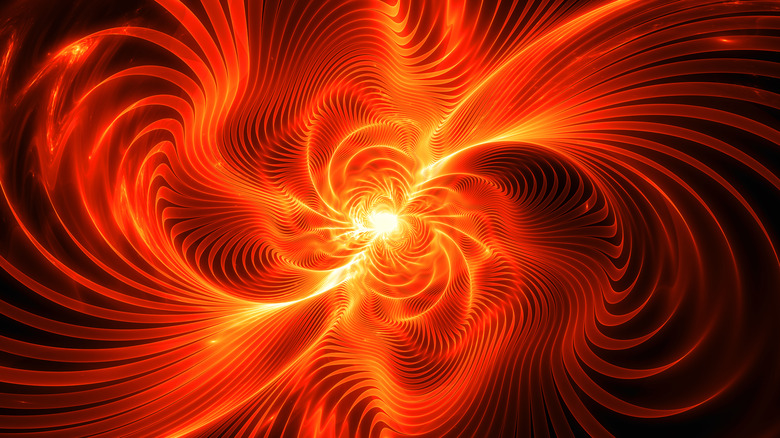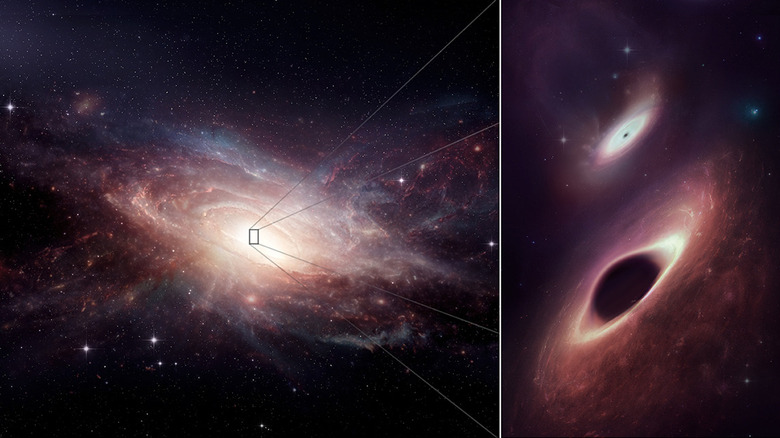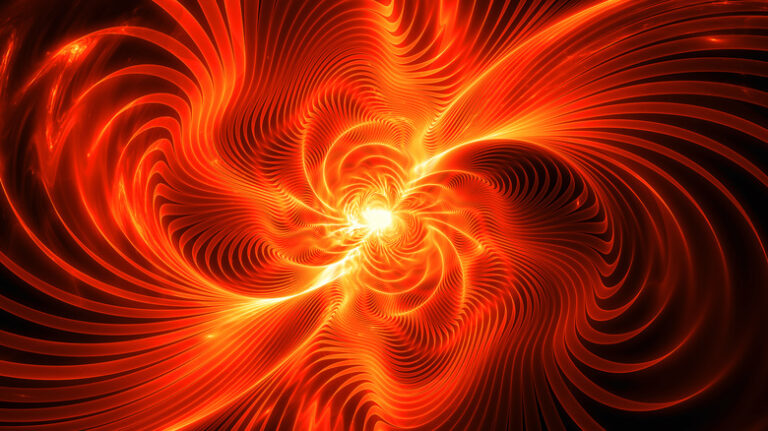Newly Discovered ‘Ross 508b’ Super-Earth Just 37 Light-Years Away May Have Potential to Support Life
They say two heads are better than one. It turns out that seven telescopes are better than one too. Of course, it doesn’t flow off the tongue the same, but that hasn’t stopped scientists from combining observations from telescopes both around the world and above for some truly astonishing results.

In a recently published paper, scientists detailed how they used multiple telescopes to observe the distant galaxy UGC 4211. The seven telescopes they used, including the Hubble Space Telescope, made observations of different parts of the electromagnetic spectrum. , giving astronomers a more detailed picture. that they could have achieved with any single instrument. The multiple observations also provided validity to their conclusions, ruling out potential errors that might otherwise be missed.
As reported by Space, UGC 4211 lies about half a billion light-years away in the direction of the constellation Cancer. The galaxy is interesting because it is the product of the merger of two separate galaxies. Many galaxies are known to have a supermassive black hole at their center. As UGC 4211 was made from two other galaxies, it contains not one but two supermassive black holes. Eventually they too will merge, but for now they are just beginning their extraordinary dance. At a current distance of 750 light-years apart, they are officially the closest pair of supermassive black holes to collision that have ever been seen.
When worlds collide

While studying a nearby pair of merging galaxies using the Atacama Large Millimeter/submillimeter Array (ALMA)— and international observatory co-operated by the U.S. National Science Foundation’s National Radio Astronomy Observatory (NRAO)— scientists discovered two supermassive black holes growing simultaneously near the center of the newly coalescing galaxy. These super-hungry giants are the closest together that scientists have ever observed in multiple wavelengths. What’s more, the new research reveals that binary black holes and the galaxy mergers that create them may be surprisingly commonplace in the Universe.
It’s hard to imagine the size of a celestial object, let alone a supermassive black hole, but let’s try. As a starting point, the sun is large enough to hold over a million Earths in its volume (via Business Insider). According to a press release from the Flatiron Institute – which was involved in the research – one of the supermassive black holes they observed is 125 million times more massive than our sun. And it’s the smallest. The second is more than 200 million times more massive.
Scientists have suggested that these findings could mean that there are far more of these supermassive black hole pairings destined for collisions throughout the universe than previously thought. Black holes were already known to collide and merge, and this was also true for the supermassive variety. When these collisions occur, they are violent enough to send shock waves through the fabric of spacetime itself in the form of gravitational waves, which scientists are just beginning to learn to detect.
Knowing more about what happens when supermassive black holes collide could not only provide insight into the history and evolution of the universe, but also provide clues about its future. After all, it will only be a few billion years before our own galaxy, the Milky Way, merges with Andromeda, and if humans are still around to watch these two supermassive black holes collide, it would be good to know where will be the best seats.
Do not forget to share your opinion with us to provide you with the best posts !




After going over a number of the blog articles on your blog, I really like your technique of writing a blog.
I saved as a favorite it to my bookmark website list and will
be checking back soon. Please check out my website too and let me know
your opinion.
Here is my page: https://cuocsongquanhta.webflow.io/posts/thuoc-chua-benh-vay-nen